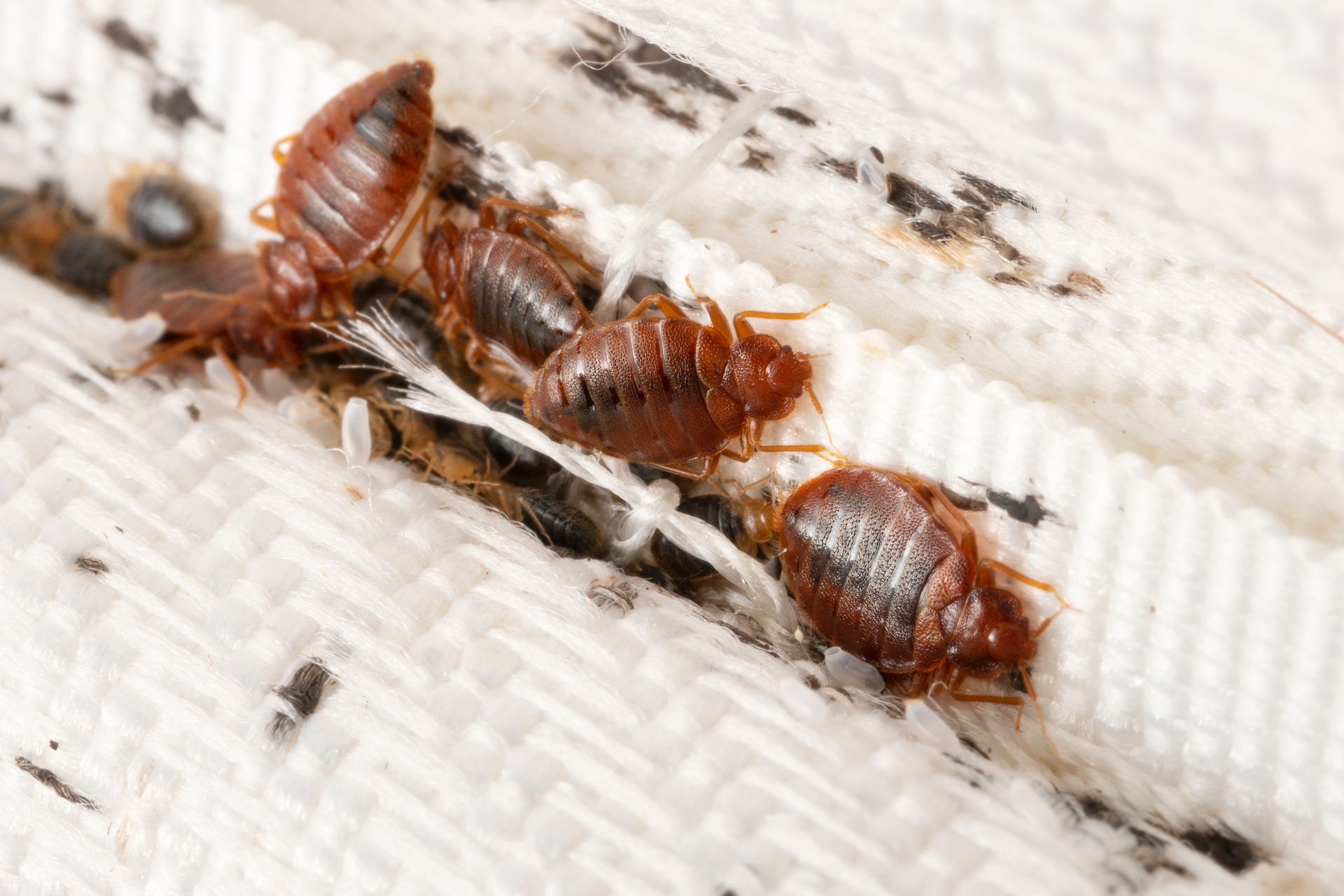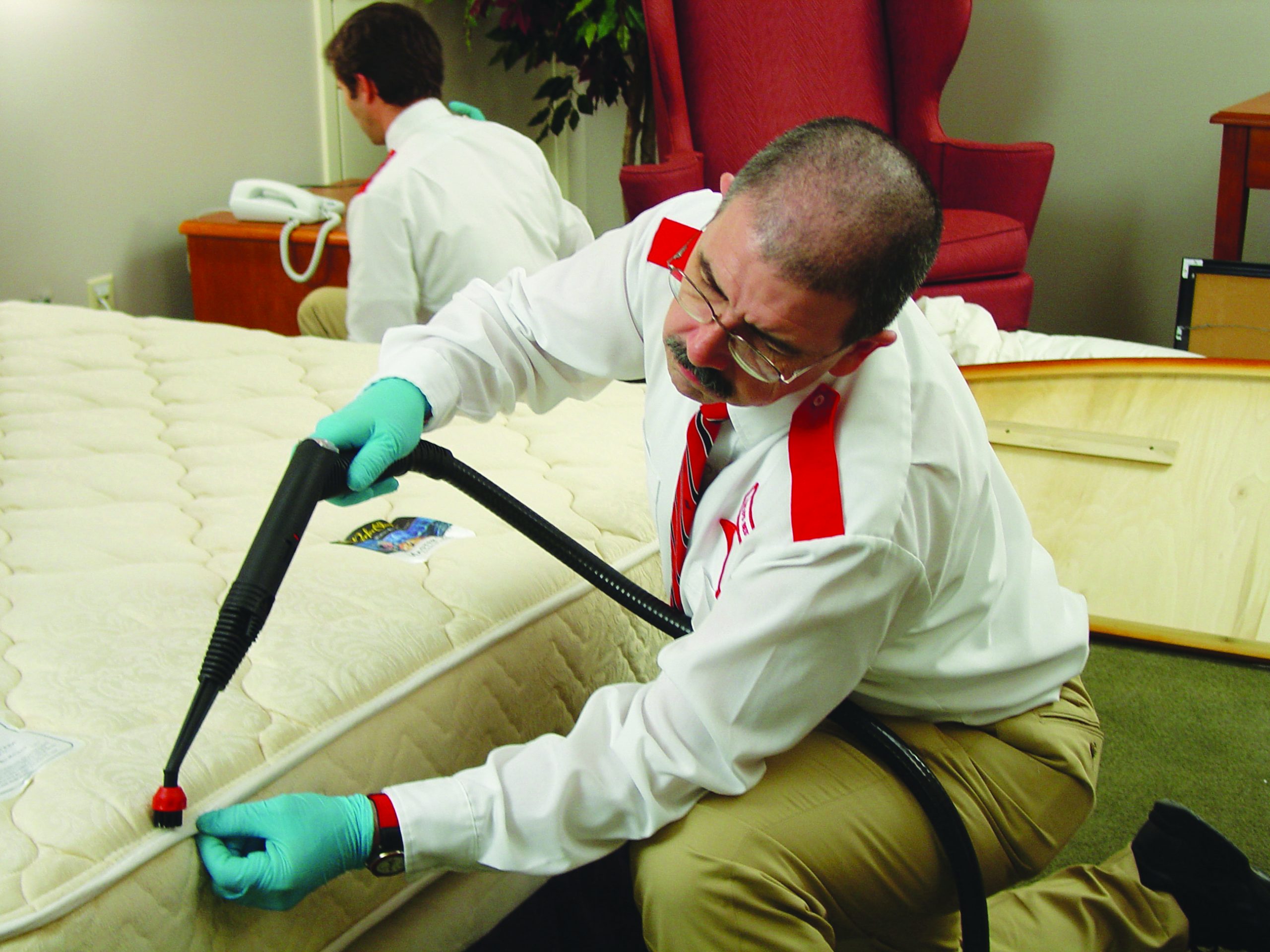The Ultimate Bed Insect Therapy Handbook: Specialist Insights and Recommendations
Within the world of pest control, bed pests pose a distinct difficulty with their evasive nature and durable existence. The pursuit for reliable bed insect therapy techniques has actually caused a wide variety of advice and services, some more reputable than others. In this manual, specialists in the area supply their insights and recommendations based on years of experience combating these consistent bugs. From comprehending bed bug actions to implementing avoidance strategies and determining problems, this detailed guide aims to outfit viewers with the expertise required to deal with bed insect concerns efficiently.
Recognizing Bed Insect Actions
Recognizing the detailed behavior patterns of bed bugs is vital for effective pest control approaches. Bed insects, scientifically called Cimex lectularius, are small, reddish-brown parasitical bugs that feed on the blood of human beings and animals. These nighttime pests are proficient at concealing in fractures and crevices near their hosts' sleeping areas, making them challenging to spot and eradicate.
Bed pests show special actions that add to their survival and spreading. They are drawn in to warmth and carbon dioxide, which allows them to locate their hosts with accuracy. In addition, bed pests have an impressive capability to replicate quickly, with women laying numerous eggs in their life time. Understanding these actions is vital for establishing targeted insect monitoring comes close to that interrupt their reproduction and feeding cycles.
Efficient Prevention Techniques

Identifying Bed Insect Invasions
Upon going into a room suspected of a bed insect infestation, one might notice tiny red or brown spots on bed linens or furniture, indicating the existence of these pests. One more typical indication of a bed insect invasion is the presence of molted exoskeletons lost by expanding bed bugs.
A moldy smell in the room might also suggest the visibility of bed pests, as these pests release pheromones that result in a distinct smell. Checking splits and crevices in furniture, wall surfaces, and mattress joints may disclose real bed bugs, which are reddish-brown, oval-shaped pests concerning the size of an apple seed. Comprehending these indicators is important for very early discovery and effective treatment of bed bug invasions.
Recommended Therapy Techniques
Efficient bed bug therapy approaches rely on a combination of detailed examination, targeted extermination, and preventative actions to remove invasions successfully. The initial step in dealing with bed insects is an in-depth assessment to establish the extent of the infestation. Usual techniques include utilizing insecticides, heat therapies, or freezing strategies to kill bed bugs at all life stages.
Along with elimination, safety nets play a vital role in protecting against future infestations - Bed Bug Exterminator Baltimore LLC. This includes on a regular basis cleansing and decluttering living rooms, securing cracks and crevices where bed pests can hide, and utilizing cushion encasements to shield versus infestations. By combining detailed examination, targeted extermination, and safety nets, individuals can properly fight bed insect problems and keep a bed bug-free atmosphere

Preserving a Bed Bug-Free Environment
After executing efficient bed bug therapy techniques, preserving a bed see bug-free environment requires constant caution and proactive steps to avoid future invasions. Consistently examining living areas, specifically beds, furniture, and fractures in walls, is crucial. Enclosing bed mattress and box springs with bed bug-proof covers can protect against any continuing to be bed pests from escaping or new ones from infesting. Vacuuming regularly, especially along baseboards, rugs, and upholstery, aids to remove any possible bed insects or eggs. In addition, cleaning and drying out bed linens, linens, and clothing on high heat can remove any bed pests existing. It is necessary to declutter living rooms to decrease hiding spots for bed insects. Securing cracks and holes in wall surfaces, furniture, and other potential hiding image source spots can restrict bed bug movement and avoid invasions. If traveling or getting pre-owned furnishings, evaluate items completely before bringing them right into the home. By following these positive procedures consistently, a bed bug-free setting can be preserved effectively.
Final Thought
To conclude, comprehending bed insect actions, carrying out effective prevention methods, promptly identifying invasions, using advised treatment techniques, and preserving a bed bug-free setting basics are vital components of successful bed pest management. By following expert understandings and suggestions detailed in this manual, individuals can successfully deal with and prevent bed insect infestations in their homes or companies. It is crucial to be proactive in dealing with bed pest concerns to ensure a comfortable and pest-free living environment.